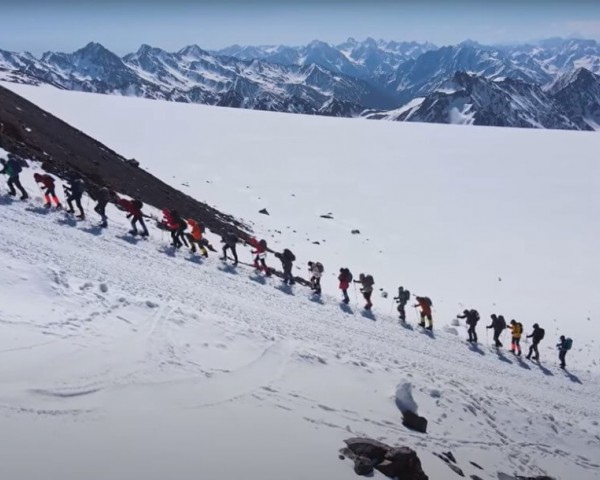In the past few decades, Kathmandu has undergone significant changes. As the once-secluded capital gradually opened its borders to inbound tourism, the number of visitors to Nepal has increased dramatically. While just over 50 years ago, only 5,000 tourists visited the country annually, today, the number has surpassed 270,000. However, this increase in tourism has not been without consequences.
Pollution has drastically increased in the low-income country struggling to handle inbound tourism. The impact of modernization affects all the Nepalese people. The Himalayas, once the ultimate goal for mountaineers, now hold a new record: they are known as “the highest garbage bin in the world” due to the mounting waste. The treks, expeditions, and inbound tourism surge bring the country millions of dollars annually. While only a few individuals climb the highest mountain, a significant economy has developed around them, creating numerous job opportunities. The Everest base camp set at the foot of the mountain, a small village at an altitude of over 5,000 meters, sees up to 1,000 people during the high season, significantly impacting the natural area.
Each new expedition, of which there are hundreds per year, is accompanied by several individuals, including cooks, altitude porters, and at least one guide. Teams can have up to 10 members. Climbing to the top would be impossible without them. Until 1985, the garbage and waste produced during the long expeditions had not been brought down but simply left behind. Who would want to burden themselves with extra weight that is heavy and risky?
Plastics and other waste now litter the ground, marking the traces of previous expeditions and accumulating in crevices where they are deliberately dumped. The Nepalese authorities have acknowledged the problem and have implemented measures to reduce this pollution, requiring expeditions to minimize their waste. While the new regulations have helped improve the situation, they have not solved it entirely, and waste left behind for decades continues resurfacing as part of mountain life.
Efforts to collect this waste are now underway, supervised by the SPCC (Sagarmatha Pollution Control Committee), which oversees part of the sorting process. However, these efforts are often ineffective due to the dangers of transporting materials in extreme conditions. Furthermore, experts observe that waste continues to be abandoned along the way.
The issue of waste on Everest is not solely the fault of mountaineers. It is a systemic problem that requires the collective effort of all stakeholders, including tourists, guides, and policymakers, to find a sustainable solution.
The observation remains consistent: the mountain’s slopes are covered with waste that, for the most part, will stay there as it cannot be safely brought down. The rest will likely end up in Kathmandu’s landfills. This highlights the urgent need for long-term solutions to waste management, such as investing in sustainable infrastructure and promoting responsible tourism. Only a small portion of the waste will be recycled or reused, but with the right policies and practices, we can increase this percentage and reduce the environmental impact of mass tourism on Everest.












